Lodgepole pine is an abundant species in the interior of British Columbia (BC) and is important to the region’s forest economy. It is present in 9 of the 12 biogeoclimatic zones, occurring in 6 million hectares of forest across the region. Pine supplies as much as 80 percent of the annual timber harvest in some central interior forest districts and comprises 25 percent of the province’s timber supply.
The audit found the licensees operating in the Hallett landscape unit to be in compliance, in all significant respects, with the Forest Practices Code’s planning and practices requirements as they relate to MPB management within the audit area for operational planning; harvesting; road construction, maintenance and deactivation; site preparation; planting; and fire hazard abatement, for activities between September 1, 2002 and September 26, 2003.
In June 2000, the Board published a special investigation report titled “Significant Breaches of the Forest Practices Code along the Power Line Corridor for the Kemess South Mine.” The report was based on an investigation of breaches of the Forest Practices Code along the right-of-way for a 340-kilometre power line built to service the Kemess South copper mine in northeastern BC. That report made a number of recommendations to address environmental problems and government enforcement of the Forest Practices Code of British Columbia Act (the Code).
The 2000 special investigation report was the first and, to date, the only case where the Board has found significant breaches of the Code. A significant breach is defined in the legislation as a breach of Code requirements “that has caused or is beginning to cause significant harm to persons or the environment.” The Board concluded that the failures to comply with Code requirements were causing significant harm to the environment and that government's response to the reporting of significant breaches was inadequate and uncoordinated. In total, six separate breaches of the Code were identified.
This is the Board’s report on a compliance audit of Forest Licence (FL) A18171, held by The Pas Lumber Company Ltd. (The Pas). The operating area for FL 18171 is within the Prince George Timber Supply Area (TSA).
The Forest Practices Board received a complaint from a Robson Valley resident who has a grazing lease on Crown land near Tindill Creek, 50 kilometres southeast of McBride.
In March 2002, a contractor working for McBride Forest Industries (the licensee) began harvesting a 49-hectare cutblock on the grazing lease. On April 1, 2002, the complainant discovered what appeared to be an oil spill at a landing in the cutblock. Snow was melting and the oil flowed downhill with the melt water.
The complainant takes drinking water from Tindill Creek and his cattle and wildlife drink from a spring in the cutblock. He was concerned that the oil could contaminate the spring and Tindill Creek.
The Fraser Headwaters Alliance (the complainant) complained to the Forest Practices Board about a plan to harvest trees to reduce the threat of mountain pine beetle in the Horsey Creek to Small River area of the Rocky Mountain Trench, about 50 kilometers southeast of McBride.
